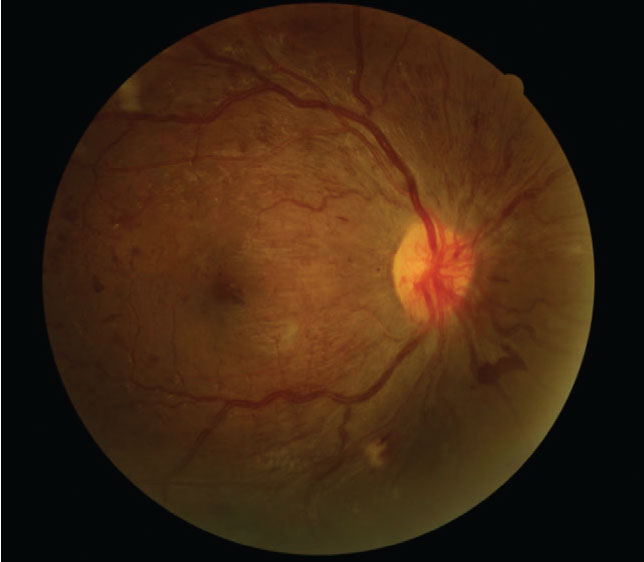 |
Biochemical blood tests reveal new risk factors for diabetes and DR. Photo; Caroline B. Pate, OD. Click image to enlarge. |
Despite strict control of hyperglycemia, hypertension and hyperlipidemia, patients with type 2 diabetes remain at high risk for developing diabetic kidney disease, suggesting that damage may have occurred before controlling these factors. Studies have shown that circulating levels of homocysteine and lipoprotein (a) contribute to diabetic retinopathy (DR), and a recently published paper confirmed that these nontraditional risk factors could play a role in treatment.
The prospective study included 83 patients with type 2 diabetes, categorized into groups with no DR, non-proliferative DR (NPDR) and proliferative DR (PDR). The researchers found that homocysteine was negatively correlated with high-density lipoprotein-cholesterol and positively correlated with total cholesterol-high-density lipoprotein cholesterol, low-density lipoprotein cholesterol and urine microalbumin.
The researchers also identified the following independent risk factors for the occurrence of diabetes mellitus and DR: traditional risk factors, homocysteine, arteriosclerosis-associated plasma indices and urine microalbumin.
“Some nontraditional risk factors such as homocysteine and lipoprotein (a) should also be considered in the prevention and treatment of DR,” the researchers concluded in their paper. They noted that these contribute to DR associated with dysregulated lipid profile, dyslipidemia and kidney function.
Chen X, Zhang X, Nie Y, et al. Circulating level of homocysteine contributes to diabetic retinopathy associated with dysregulated lipid profile and impaired kidney function in patients with type 2 diabetes mellitus. Eye (Lond). June 23, 2022. [Epub ahead of print]. |


